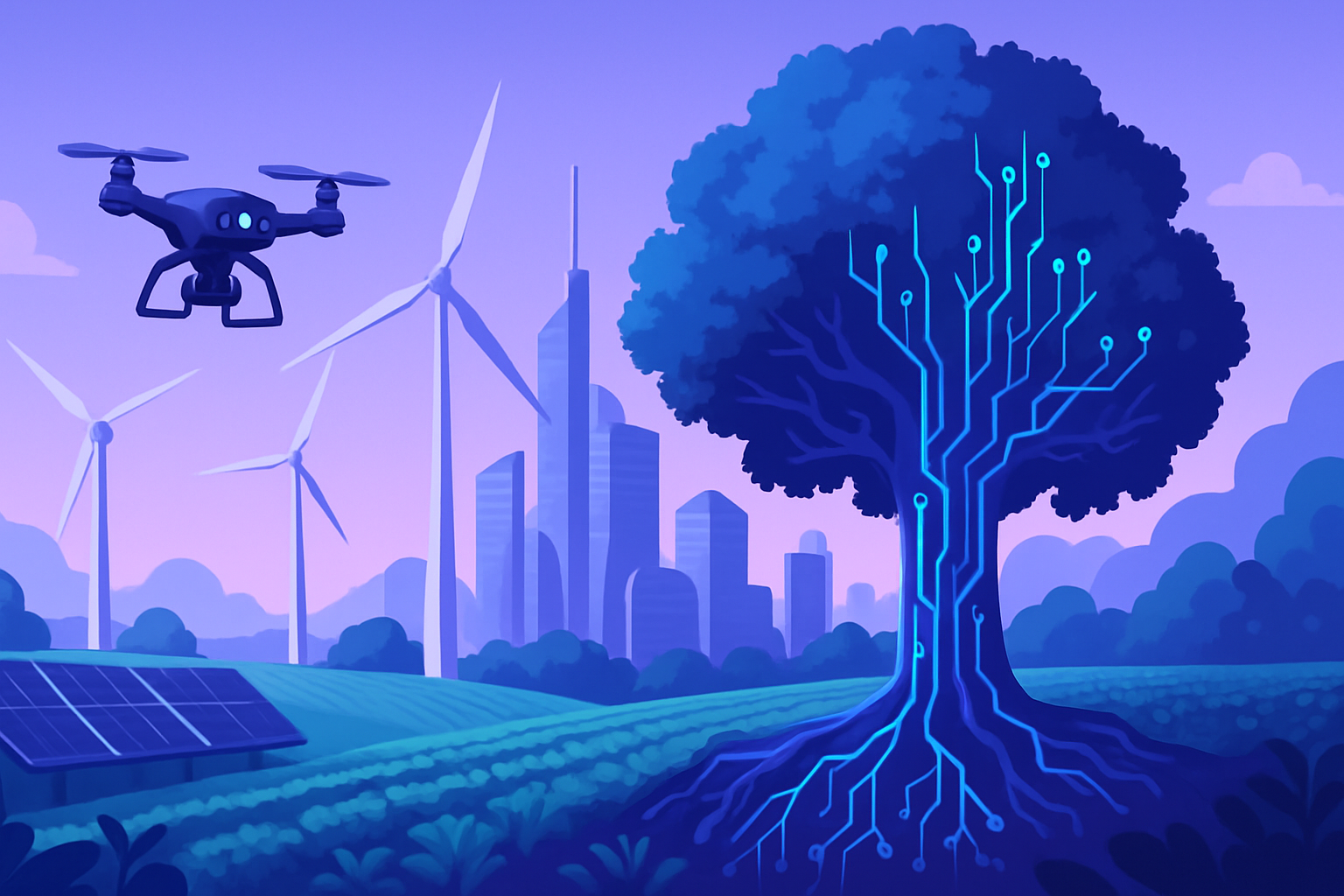Technological revolutions are accelerating in China, driven by intense competition among local companies. *Advances in electric vehicles and artificial intelligence* signal an unprecedented paradigm shift. *The fusion of cutting-edge technologies and government support* propels the country towards unparalleled dominance. This context transforms the economic landscape and makes the future of Chinese technology captivating. Trust and ambitious innovations create unprecedented opportunities, thus disrupting the established order.
Technological Innovations in China
The Chinese technology sector shows no signs of slowing down despite trade uncertainties with the United States. The Shanghai auto show, taking place from April 23 to 25, 2025, highlights the rapid advances of local companies. Giants such as BYD and Zeekr have showcased revolutionary models, illustrating the willingness of companies to raise their standards of innovation.
Evolution of Electric Vehicles
At the opening of the event, BYD launched five new models, while Zeekr introduced the hybrid SUV 9X. The company Pony.ai, specializing in autonomous vehicles, unveiled three new models. This landmark innovation could reduce the costs of autonomous driving by 70%, bringing the company closer to profitability.
The recently unveiled driving assistance system by Huawei also allows for automatic parking, similar to a valet service. This software, intended for electric vehicle manufacturers, adds a layer of innovation to the growing electric car market in China.
The Rise of AI in the Digital Sector
The rise of AI in China is undeniable. IQiyi, dubbed the “Netflix of China,” has developed AI tools aimed at reducing production costs and improving script quality. The presentation of a virtual studio demonstrated AI’s capability to adapt the style of a human television show to 3D animation.
Although challenges remain, these advancements illustrate significant progress. AI can therefore enable a quicker response to viewer needs, thereby driving creativity and efficiency in the sector.
Competition and Collaboration in the Technology Sector
Meanwhile, competition between online delivery companies such as JD.com and Meituan recalls the glorious beginnings of internet technology in China with the emergence of Alibaba. This rivalry stimulates innovation, attracting new users while increasing technical capabilities.
Moreover, several companies are leveraging technological tools to mitigate the impacts of tariffs. Baidu, in particular, is making use of a virtual human tool powered by AI to sell products through live streaming.
The Political Support for Innovation
Support from Chinese authorities for AI has recently gained momentum. Initiatives have been launched to connect startups with local suppliers and secure funding. This has resulted in talent attraction policies, notably through significant financial aids for graduates in engineering and natural sciences.
This network of government support proves essential for nurturing the sustainability and growth of technology industries in an increasingly competitive environment.
Industry Outlook
The current situation reflects an unwavering resilience within Chinese technological innovation. Despite major challenges, the desire to exceed previous expectations positions China as a potential leader in several fields of innovation. A promising future seems to be unfolding, with technological breakthroughs anticipating the remarkable rise of local champions.
Programs such as those from DeepSeek, which recently launched a free AI model and chatbot rivaling ChatGPT, clearly demonstrate that the country is ready to tackle restrictions imposed from abroad. This momentum underscores palpable preparation and ambition within the Chinese technology world.
Markets and Economic Outlook
Chinese stocks have experienced mixed fluctuations lately, illustrating ongoing tensions. The CSI 300 has remained stable while the Hang Seng index gained 0.22%, supporting leading companies. The impact of technological evolution and government initiatives on financial performance remains a subject of observation.
Announcements regarding the reduction of reliance on fossil fuels, with projects for developing nuclear and hydrogen energy, reinforce the vision of a China in search of sustainability.
Frequently Asked Questions
What are the main technological innovations presented in CNBC’s The China Connection newsletter?
The newsletter highlights innovations such as advanced artificial intelligence models, autonomous driving systems, and new technologies for electric vehicles. Companies like BYD and Huawei are often featured.
What impact do trade tensions between the U.S. and China have on the technology sector in China?
Despite trade tensions, Chinese companies continue to innovate. They have adapted their strategies to use technological tools to offset the impact of tariffs on their operations.
How does the Chinese government support the development of technology startups?
The government implements various support programs, including funding, grants, and talent attraction policies, thereby facilitating the emergence of startups in critical technology sectors.
What are the forecasts for the Chinese electric vehicle market according to the newsletter?
The newsletter indicates that, although challenges remain, China’s dominance in the electric vehicle sector is expected to continue strengthening, notably through intensified competition and technological innovations.
What is the current perception of AI in China according to The China Connection?
AI is seen as a crucial driver of innovation, with companies like iQiyi and Alibaba exploring new applications, even though challenges remain to achieve consistency comparable to real productions.
How are Chinese companies using livestreaming to sell products?
They leverage AI tools to create virtual avatars that interact with consumers during livestreams, optimizing costs while increasing the purchase rate.
What roles do new technologies play in the rise of the Chinese entertainment industry?
New technologies enable more efficient production, with AI tools facilitating scriptwriting and creating content tailored to evolving consumer tastes.
What emerging trends are seen in the financial technology sector in China according to the newsletter?
The newsletter indicates strong interest and growth in the field of financial technology, facilitated by supportive policies and improved digital infrastructure.
What challenges do Chinese companies need to overcome to maintain their position in the global market?
Companies must navigate international regulatory restrictions, enhance their brand image, and differentiate themselves from foreign competitors to remain competitive.






